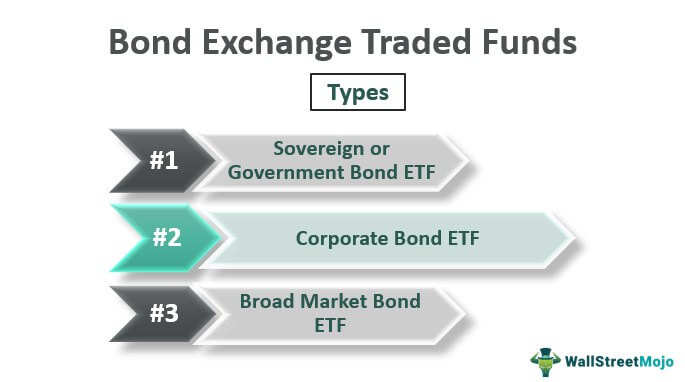Monthly income
Bond ETFs hold assets with different maturity dates. So, at any given time, some bonds in the portfolio may be due for a coupon payment. For this reason, bond ETFs pay interest each month, with the value of the coupon varying from month to month.
Interest rate risk
Since a bond ETF never matures, there isn't a guarantee the principal will be repaid in full. Furthermore, when interest rates rise, it tends to harm the price of the ETF, like an individual bond. As the ETF does not mature, however, it's difficult to mitigate interest rate risk.
Management fee
One disadvantage of bond ETFs is that they charge an ongoing management fee. The initial trading spread advantage of bond ETFs is eroded over time by the annual management fee.
Exposure vs inflexibility
Bond ETFs are traded on major indexes, such as the New York Stock Exchange (NYSE). As such, they can help investors to gain exposure to the bond market with the ease and transparency of stock trading. However there is no flexibility in customising your own portfolio. For example, if one is looking for a high income return, bond ETFs may not be able to do so.
